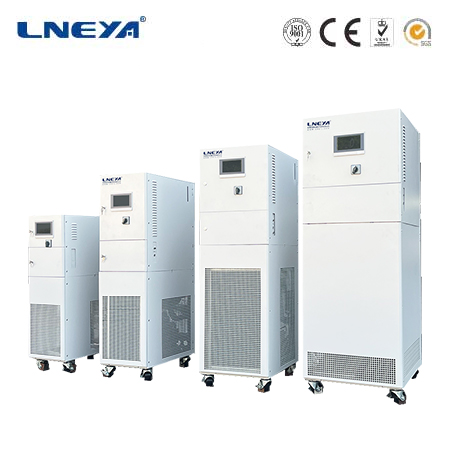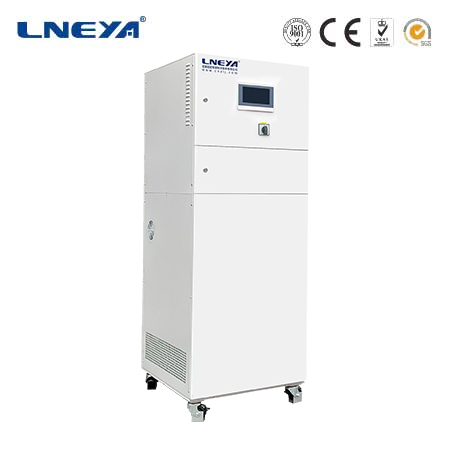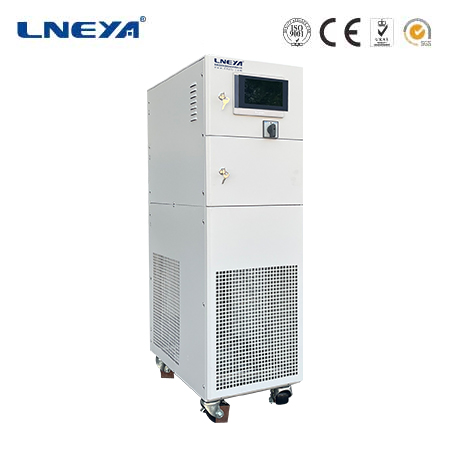chiller capacity tons
Understanding Chiller Capacity in Tons
Chiller capacity is a critical parameter in the specification and selection of chillers for HVAC systems. It refers to the cooling capacity of a chiller, measured in tons, where 1 ton is equivalent to 12,000 British Thermal Units per hour (BTU/h). This measurement is essential for determining the appropriate size of a chiller to meet the cooling demands of a specific application.

Efficiency of Chillers
Chiller efficiency is commonly measured in kW/Ton, where a lower value indicates higher efficiency. To calculate kW/Ton, divide the power input of the chiller in kW by the cooling capacity in tons. Alternatively, divide 3.5 by the Coefficient of Performance (COP) of the chiller to get the chiller efficiency in kW/Ton. Other efficiency metrics include EER (Energy Efficiency Ratio) and IPLV (Integrated Part Load Value), which provide a more comprehensive view of a chiller’s efficiency under varying load conditions.
Applications and Market Trends

Chillers with capacities ranging from 10 to 4,000 tons are widely used in commercial and industrial facilities. Water-cooled chillers, which offer compact sizes and high energy efficiency, are particularly suited for indoor applications and handle broad cooling loads in chemical plants, manufacturing facilities, and medical facilities. The global chiller market is characterized by high product innovation, with a focus on developing chillers that use low Global Warming Potential (GWP) refrigerants, such as HFOs or natural refrigerants like CO2. Advancements in technology are making chiller systems more intelligent and energy-efficient, with features like energy efficiency, expandability, compact design, low environmental impact, and wireless technology being crucial for market success.

Conclusion
Understanding chiller capacity in tons is essential for selecting the appropriate chiller for a given application. Chiller efficiency, measured in kW/Ton, COP, EER, and IPLV/NPLV, is a key factor in optimizing energy consumption and performance. As the market continues to evolve, the focus on energy efficiency and environmental sustainability will drive further advancements in chiller technology and capacity.
Related recommendations
500 ton water cooled chiller
576500 Ton Water-Cooled Chiller: Large-Scale Cooling Solutions for Industrial Applications A 500-ton water-cooled chiller is a significant piece of HVAC equipment capable of managing substantial t...
View detailstemperature of a chiller
248Significance of Chiller TemperatureIn industrial manufacturing, an inappropriate chiller temperature can lead to a cascade of problems. For example, in the automotive parts manufacturing process,...
View details20 ton chiller
387A 20 - ton chiller is a powerful cooling system used in various applications to remove heat from a space or process. The “20 - ton” rating is a measure of its cooling capacity. Specifically, it me...
View detailsstorage chiller
643Introduction to Storage Chillers Storage chillers are essential in maintaining optimal temperatures for the storage of various products across different industries. These chillers are designed ...
View details
 LNEYA Thermal Test Chillers
LNEYA Thermal Test Chillers





HelloPlease log in